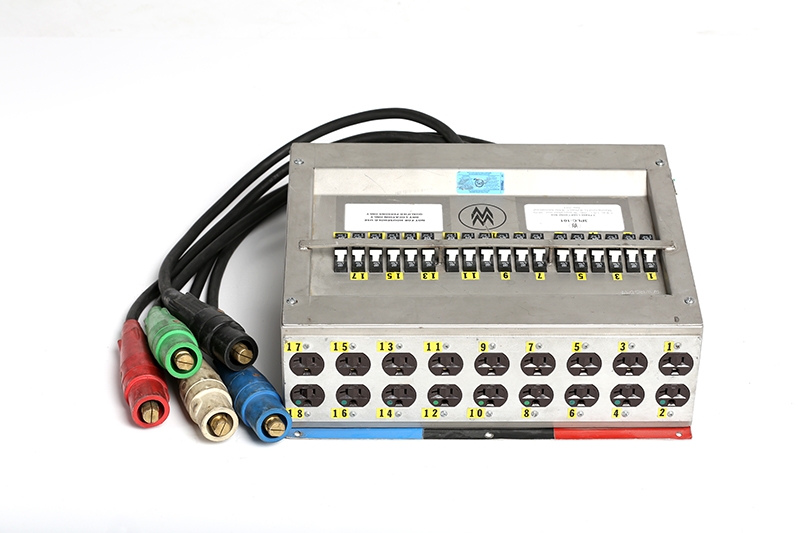

- ELECTRICAL PAPER LOCAD CINEMATOGRAPHY SOFTWARE
- ELECTRICAL PAPER LOCAD CINEMATOGRAPHY CODE
- ELECTRICAL PAPER LOCAD CINEMATOGRAPHY FREE
This camera uses an onboard microSD card to capture the photos and videos eliminating the use of an external module. The camera that was chosen for this task was the RunCam Hybrid Micro FPV camera. After these components were chosen, a camera must be chosen to deliver the 4k photos and videos. Each of these components allows the quadcopter to fly safely and effectively. In order for the quadcopter to accurately determine its pitch, yaw, and roll, a GY85 9 degree of freedom IMU was implemented. These components ensure that the motors are provided with plenty of power while being able to fly for an extended period of time. Because these high power motors were chosen, 30A BLHeli-S Rev16 V3 ESCs and a 3S lip battery were also chosen to power the motors. This combination allows the quadcopter to carry an additional payload of a camera or other equipment without suffering from a lack of power. Emax MT2213-935KV motors were chosen as each motor can produce a maximum of 935kV, generating an excess of lift when paired with 10" propellers.
ELECTRICAL PAPER LOCAD CINEMATOGRAPHY SOFTWARE
Because this software was chosen to fly the quadcopter, typical components were chosen to simplify the prototyping process.

ELECTRICAL PAPER LOCAD CINEMATOGRAPHY CODE
This Arduino is paired with the MultiWii drone software which allows the user to input the components chosen into the code and make adjustments. Because of this, an Arduino Uno R3 was chosen as it is open source based and minimalistic.
ELECTRICAL PAPER LOCAD CINEMATOGRAPHY FREE
This platform allows the user to manipulate or change features on the frame while using software that is completely open source and free to the public. Using common quadcopter components and open-source options, this solution allows the common user to build off this existing platform to create the quadcopter to fit their needs. The current market options for a quadcopter that supports a 4K resolution camera are limited and expensive. The quadcopter also contains features to make it weather resistant in order to increase its longevity. This 3D printed frame and open-source components makes the cost of this project minimal while maintaining a reliable and customizable platform. This platform is based on previous open-source hardware to control the software and electronics of the quadcopter, and the frame is designed using the open-source software FreeCAD to make a 3D printed frame. The goal of this project is to create an open-source quadcopter platform that is able to capture 4K resolution pictures and videos.


 0 kommentar(er)
0 kommentar(er)
